As robots and autonomous systems become more integrated into our daily lives, from sidewalk delivery bots to self-driving cars and smart glasses, one major challenge emerges: how can these machines understand and respect human presence? They need a new layer of perception outside of vision and Lidar. Proximity software—technology that detects nearby devices using signals like Bluetooth, Wi-Fi, and ultra-wideband—offers a powerful answer. This invisible layer of ambient awareness can help robots act more responsibly, and privately in shared spaces.
Enhancing Safety Around Robot Delivery Vehicles

Robot delivery vehicles are increasingly navigating city sidewalks and campuses, sharing narrow paths with pedestrians, pets, and cyclists. Proximity software enables these bots to detect the presence of smartphones and wearables in their immediate environment and through measuring doppler shift get a bearing of coming or going. Proximity gives them a sixth sense to avoid collisions or make room for humans. For instance, when the bot detects that a person is within a few feet—identified via a persistent Bluetooth LE signal—it can slow down, reroute, or even stop completely. This makes the interaction more human-friendly and lowers the risk of accidents, particularly in crowded or unpredictable environments.
More advanced implementations could distinguish between individuals based on device identity. For example, a robot could recognize a delivery recipient’s phone and initiate handoff protocols without needing QR codes or app scanning. This approach makes human-robot interaction seamless while preserving the user’s control over when and how they’re detected.
In-Cabin Personalization and Safety in Autonomous Cars

Inside self-driving cars, proximity detection has the potential to personalize and secure the ride experience. As a user approaches the vehicle, their phone or smartwatch can trigger the car to unlock, without smartphone input, adjust seating and temperature preferences, and even load personalized playlists—all without needing to touch a screen when seated. More importantly, it can help with safety: the car can confirm that an authorized person is in the vehicle seat, enable multi-drop for more than one rider, or ensure that no item is left behind by detecting tablets, mobile phones or headphones after a trip ends.
In large event ride-sharing applications, proximity systems can help ensure the correct riders enter the right vehicle, streamlining operations for FiFo pickup services to speed exit, while improving security.
The NewAer Proximity Platform SDK is leading the way with software proximity services, with code running on lightweight systems like ESP32, embedded Linux and even Raspberry Pi for prototyping. These platforms all communicate with a NewAer pseudo anonymous UDID for machine-to-machine communication withtout requiring user input or connecting to specific WiFi or Bluetooth networks.


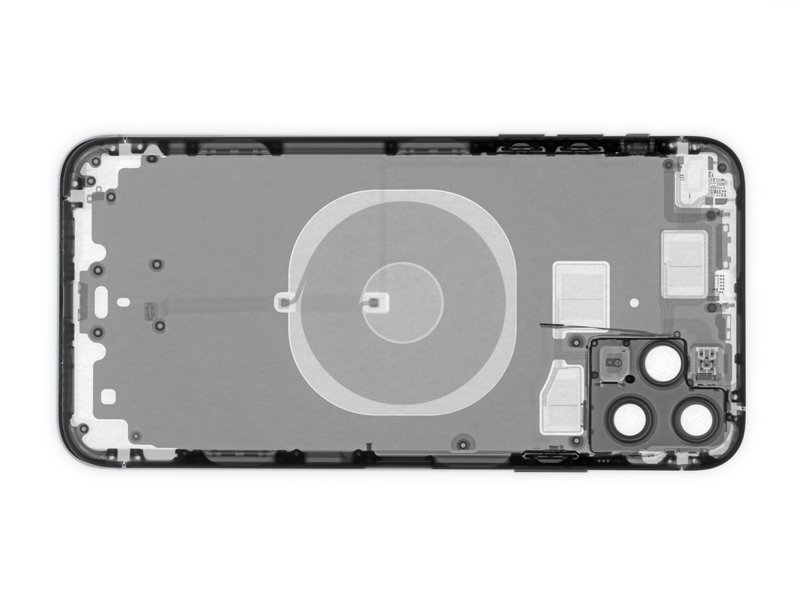
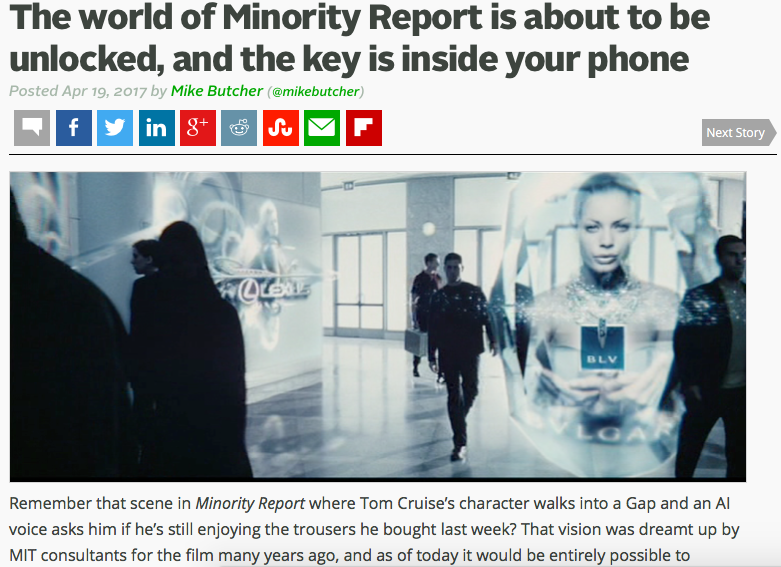
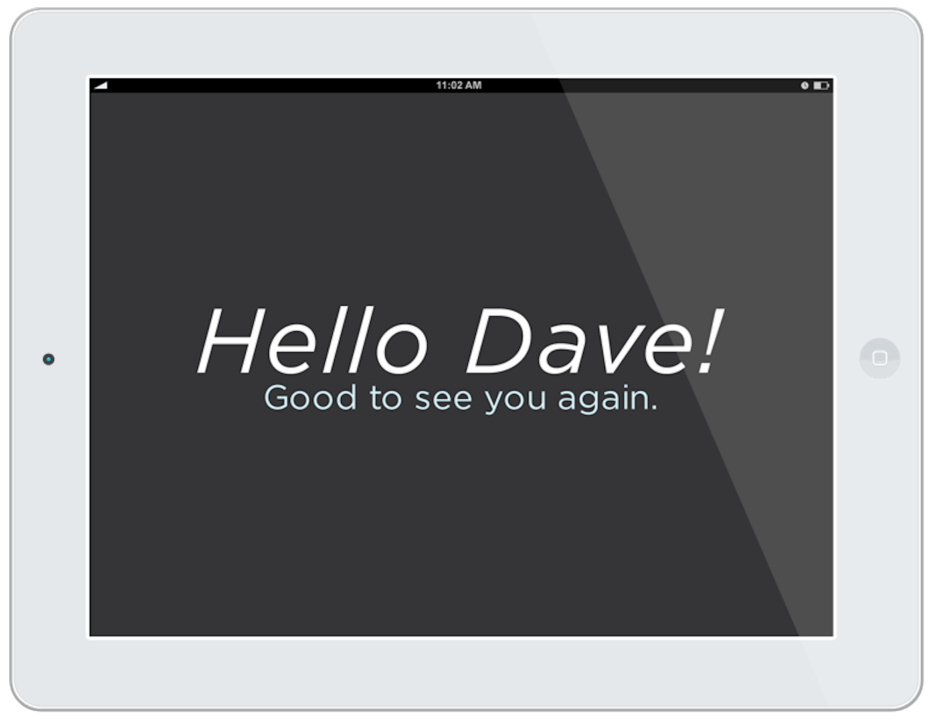
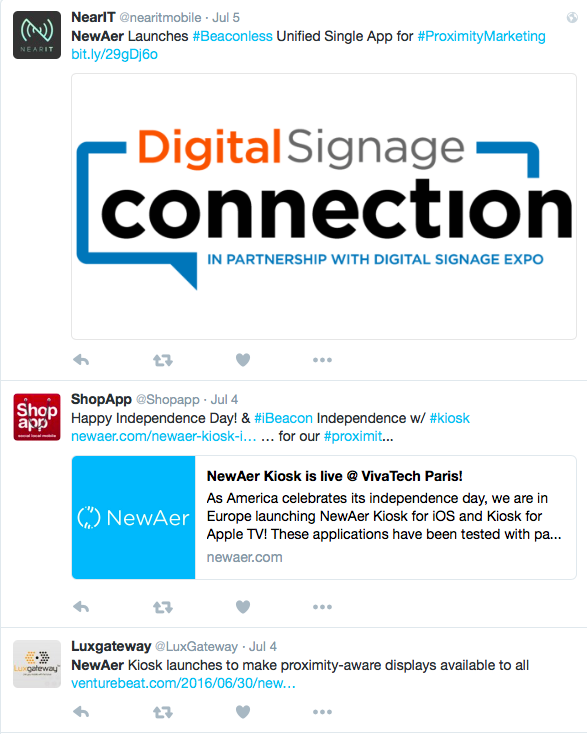
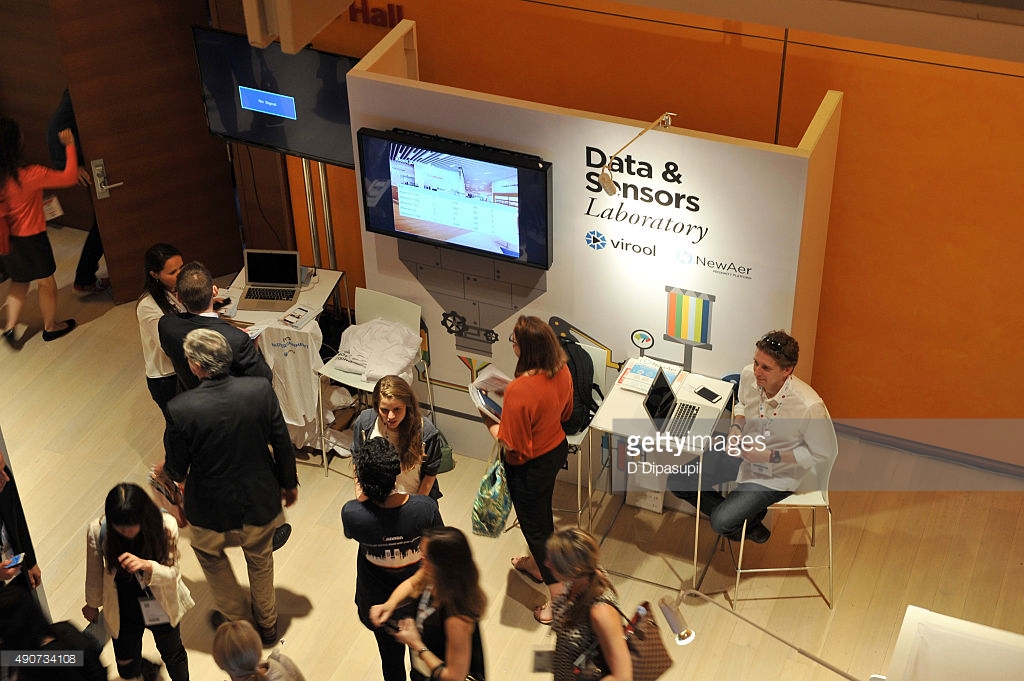
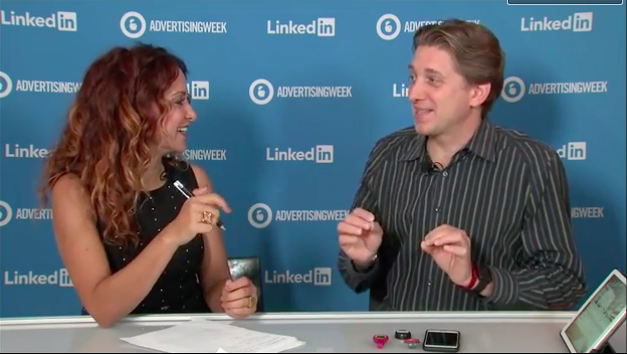

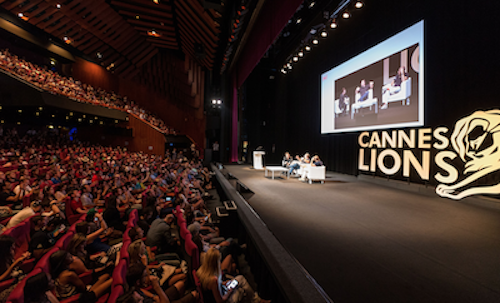
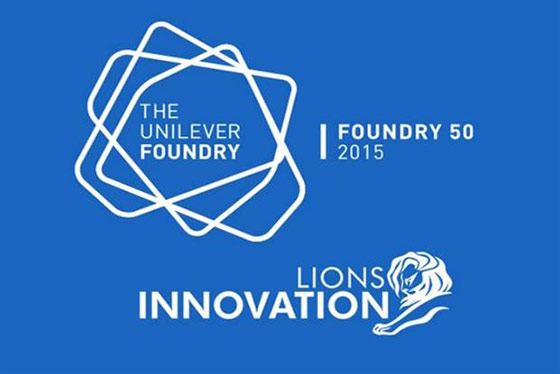



Recent Comments